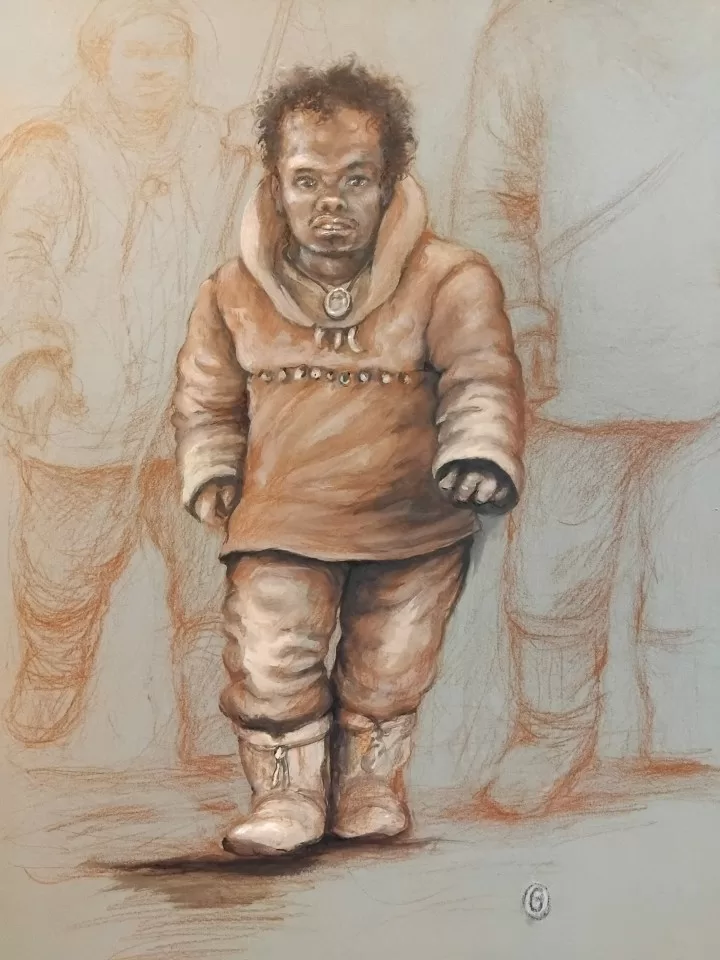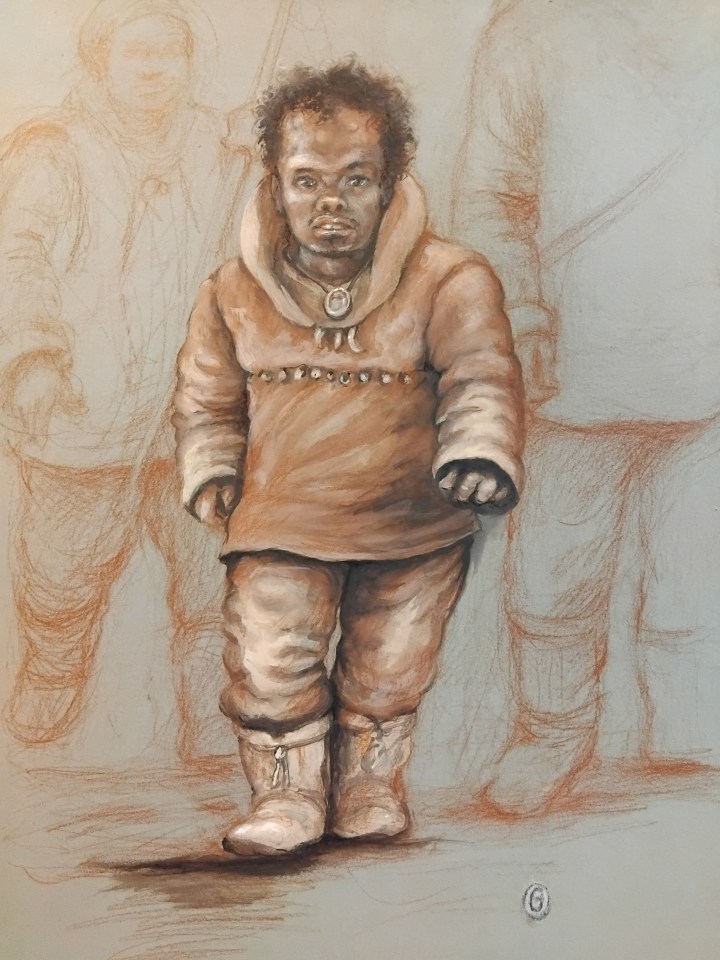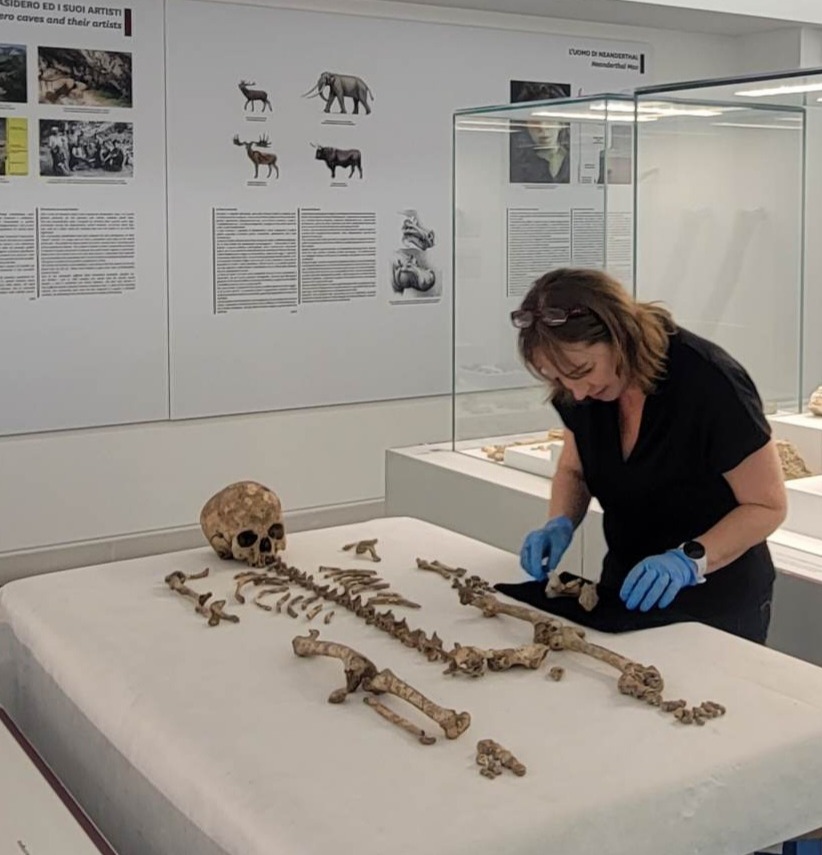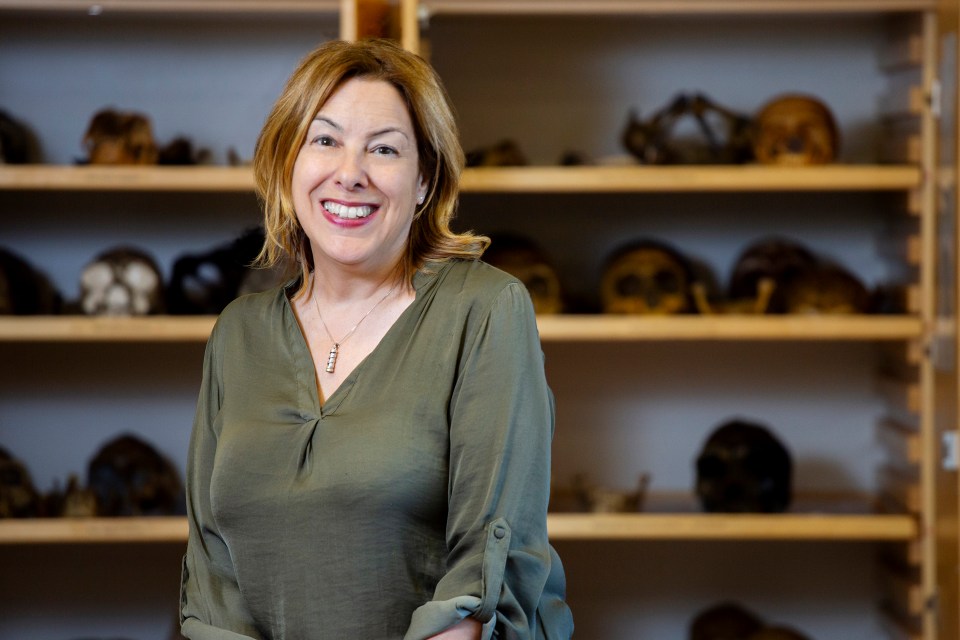SCIENTIFIC reconstruction has revealed how an Ice Age teenager with dwarfism who lived 11,000 years ago would have looked.
And new research reveals how youngsters who lived as many as 25,000 years ago went through similar puberty stages to modern-day teens.
The study, published in the Journal of Human Evolution, investigates how young humans grew up in the Pleistocene era, one of Earth’s Ice Ages.
It began around 2.65million years ago and ended some 11,700 years ago.
Scientists uncovered evidence of puberty stages in the bones of 13 ancient humans – aged between 10 and 20.
One of them was named Romito 2, the teen with dwarfism estimated to be the earliest known human to have had the condition.
Working with April Nowell, a palaeontologist from the University of Victoria, they came across specific markers in the bones.
Nowell said: “By analysing specific areas of the skeleton, we inferred things like menstruation and someone’s voice breaking.
“What we learned about teenagers (who lived) 25 to 40,000 years ago is that they were incredibly active members of their community.
“They were hunting, fishing and gathering and really helping their community to survive.”
The incredible technique used was developed by one of the paper’s lead authors, Mary Lewis, from the University of Reading.
It involves looking at mineral processes and maturation in the hand, elbow, neck, pelvis and wrist bones.
Lewis said: “This is the first time my puberty stage estimation method has been applied to Paleolithic fossils.
“And it is also the oldest application of another method — peptide analysis — for biological sex estimation.”
The study shows these ancient teens were in fact healthier than previously believed.
Most entered the first stages of puberty at around 13 and a half years old, reaching adulthood at between 17 and 22 years old.
Meaning the timing of puberty for them is fairly similar to that of modern adolescents.
Nowell said: “It can sometimes be difficult for us to connect with the remote past, but we all went through puberty even if we experienced it differently.
“Our research helps to humanise these teens in a way that simply studying stone tools cannot.”



